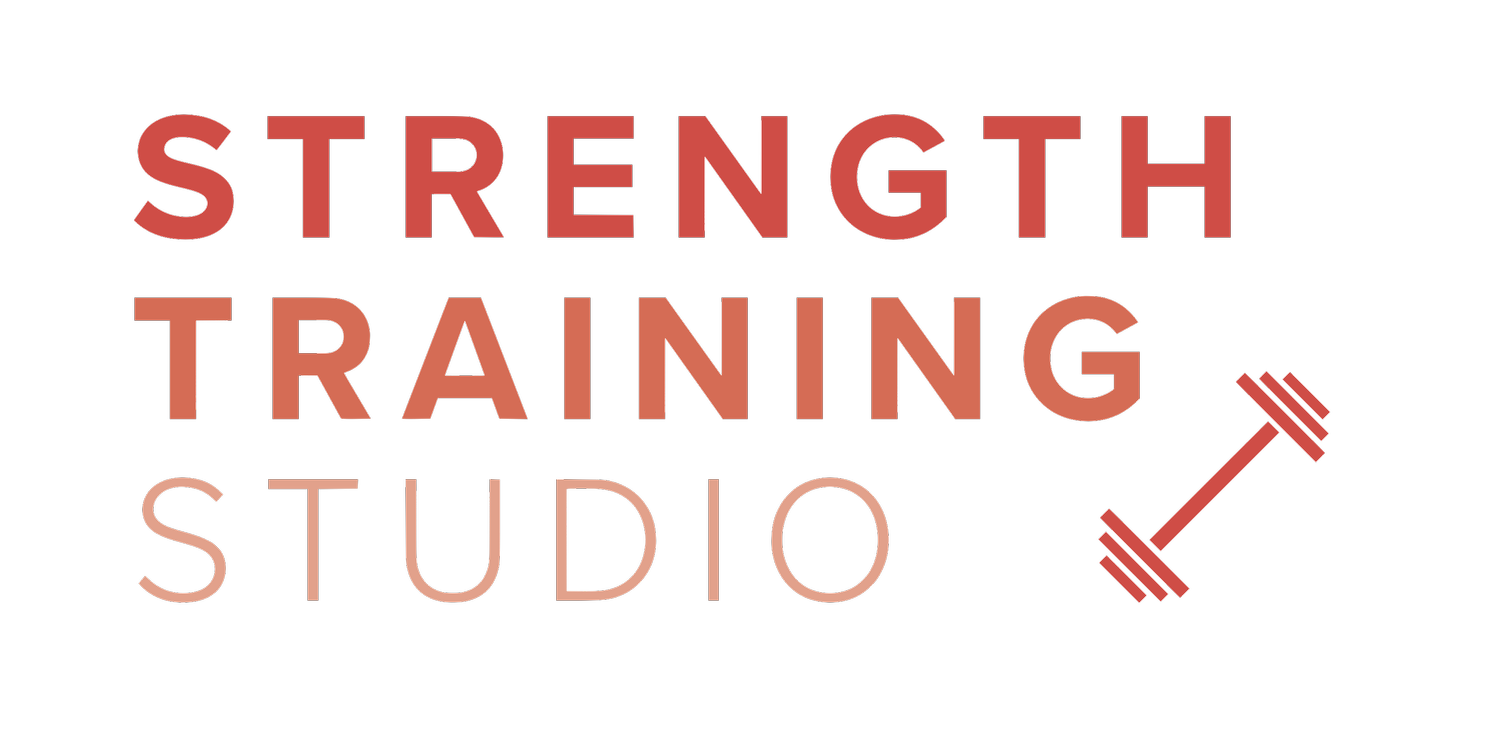Making the Most of Your Workout Time
In the world of strength training, how you use your time matters a lot. It's not just a detail; it's a crucial part of getting the results you want. This idea is at the heart of effective training methods.
Imagine this: if you work out for two hours versus one hour, you'll see very different results. This shows just how much time affects how well your training works.
A good sign that your workout is effective is if you start breathing harder in the first minute. It means your body is getting ready for exercise.
After you're done, your breathing should stay heavy for at least ten minutes. If it doesn't, it might mean you're not pushing yourself hard enough. Surprisingly, not many people are willing to push themselves this hard. This means that even if someone has big muscles, they might not be in great overall shape.
Many people think you need to work out for fifteen to twenty hours each week to build a lot of muscle. But actually, you can get great results from just 30-minutes of focused training twice a week.
But getting people to believe this is tough…
Most people believe you need to work out five to six times a week for three to four hours each time to see real results. Even when they hear evidence to the contrary, they still believe what they've always thought.
For me, if I had to work out twenty hours a week for good results, I wouldn't think it's worth it. Actually, working out that much can slow down progress instead of speeding it up. Lots of research shows that the best results come from working out less than five hours a week, and often even less than four hours. But the training has to be intense and fast-paced.
Rest time during a workout should only happen between sets of the same exercise. Even then, with careful planning, these rest times can be made shorter and should be whenever possible. This isn't just about saving time; it's about making your overall health better.
Exercising at a fast pace is really important for improving your heart, lungs, circulation, and brain function.
Even if you do the same program in twice the time, you might see a little more muscle growth, but your breathing, heart, circulation, and endurance won't get much better. And after years of training this way, you might have big muscles but not be in good overall shape.
In short, there's a right pace for training – a sweet spot that balances how hard you work with how efficient you are. As soon as you finish one exercise, start another. And every set of every exercise should be taken to the point where your muscles can no longer move the weight in good form.
